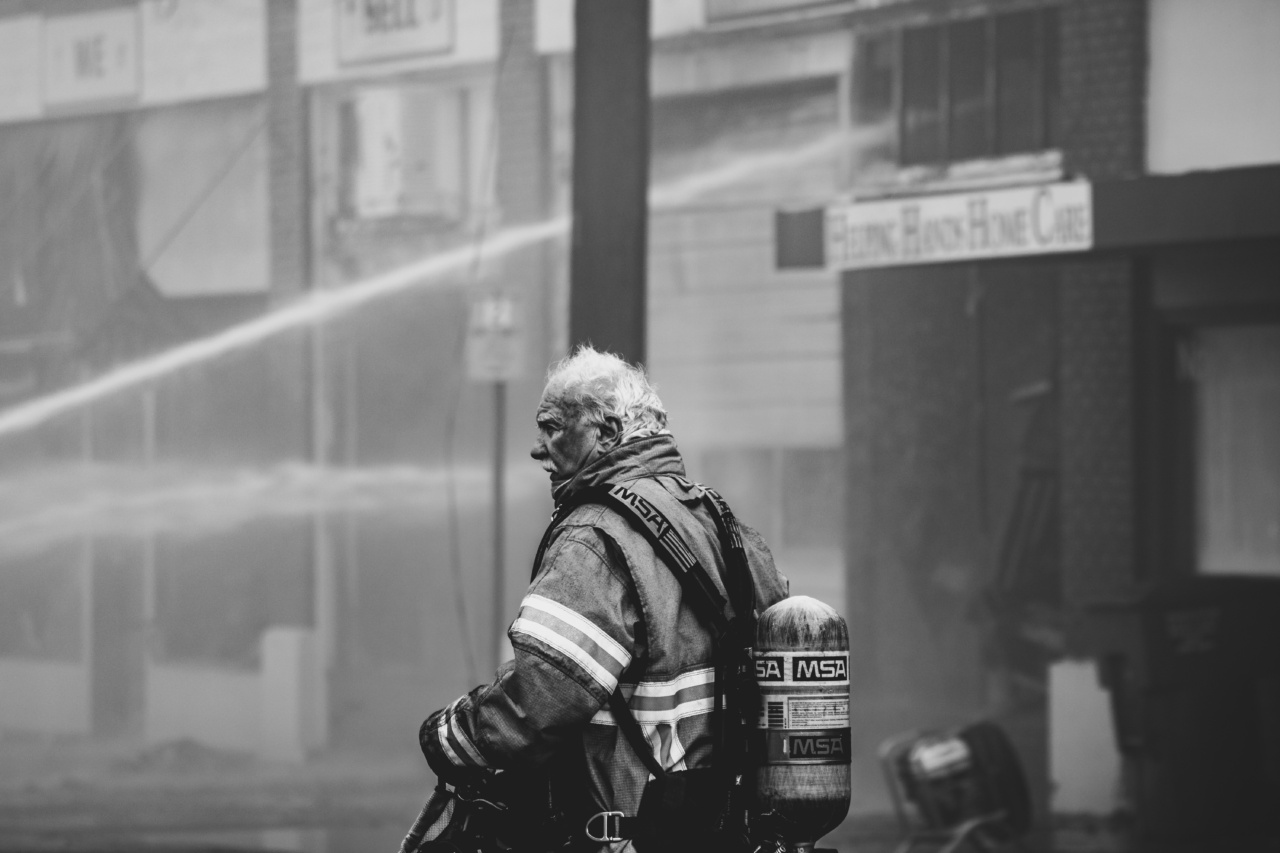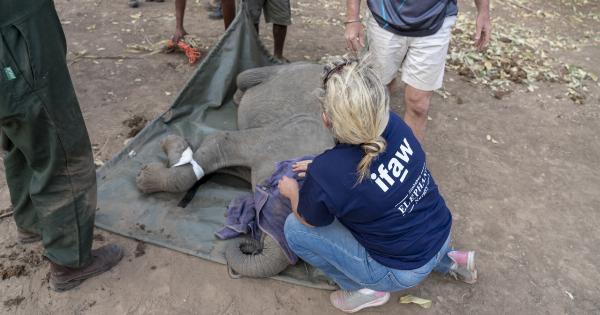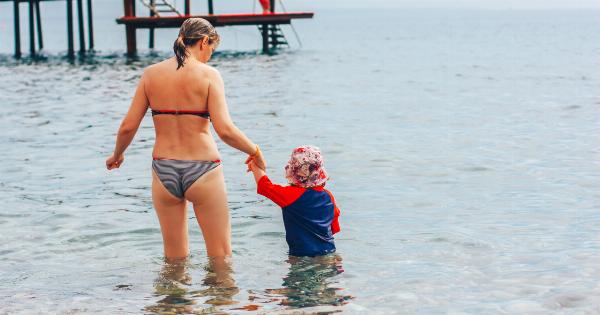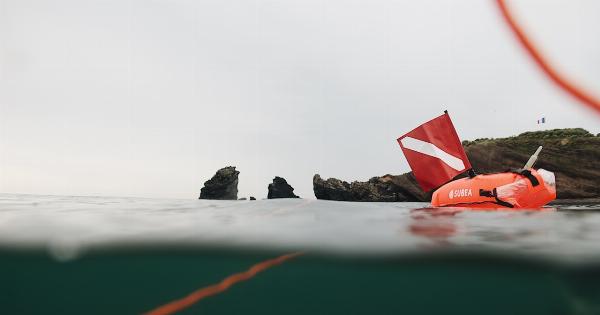Swimming and being around water can be a lot of fun, but it’s important to always be aware of the potential risks associated with being in or near water.
Drowning is one of the leading causes of unintentional death worldwide, but with the right knowledge and skills, you can help prevent someone from drowning or save their life if they are in danger. Here are some important steps to take if you or someone else is in danger of drowning:.
Recognize the Signs of Drowning
In movies, drowning often looks dramatic and loud, but in reality, it can be quiet and subtle. It’s important to be able to recognize the signs of drowning so you can take action quickly. Some of the signs to watch out for include:.
- Head tilted back with mouth open <li Eyes closed or glassy and empty-looking <li Body upright and vertical in the water, with no forward motion <li Arms moving downward, trying to press down to lift the body out of the water <li Hair over forehead or eyes <li Hyperventilating or gasping <li Silent, and unable to call for help
Stay Calm
If you see someone in danger of drowning, it’s important to remain calm. Panic can cause you to act impulsively, which can lead to making poor decisions or putting yourself and the person in further danger.
Take a deep breath and try to stay focused on what needs to be done.
Don’t Become a Victim Yourself
It’s easy to want to jump into the water and try to rescue someone who is drowning, but you need to be careful not to become a victim yourself.
If you’re not a strong swimmer or the conditions are dangerous, it’s best to call for help rather than attempting the rescue yourself. Additionally, if someone is struggling in the water, they may try to grab onto you and pull you down with them. Be aware of this potential danger and try to keep a safe distance.
Reach or Throw, Don’t Go
If you need to help someone who is in danger of drowning, remember the phrase “Reach or throw, don’t go.” This means that you should try to reach the person with a long object like a pool noodle or a stick, or throw them a flotation device like a life ring or a buoy. Don’t attempt to swim out to them yourself, as this can put you in danger as well. If you can’t reach or throw something to the person, call for help immediately.
Call for Help
If you see someone in danger of drowning, the most important thing you can do is call for help right away. This could mean calling 911 or your country’s emergency number, or alerting the lifeguard if you’re at a pool or beach.
Make sure to remain on the line with emergency services until they arrive and give them as much information as possible, including your location and the situation at hand.
Perform CPR
If someone is pulled from the water and is not breathing or has no pulse, it’s time to perform CPR. CPR is a life-saving technique that can help maintain blood flow and oxygen to vital organs until medical help arrives.
If you’re not familiar with CPR, consider taking a course so you can be prepared to respond in an emergency situation. Remember to continue performing CPR until trained medical personnel arrive.
Learn to Swim and Be Water-Safe
The best way to prevent drowning is to be prepared and know how to stay safe in and around water.
Learning to swim is an essential skill that can help keep you and others safe, but it’s important to remember that even strong swimmers can still experience accidents or become fatigued. Always make sure to swim in a designated area with lifeguards present and follow any posted rules or guidelines.
Conclusion
When it comes to responding to someone in danger of drowning, quick action and remaining calm are key. Remember to always prioritize your safety and the safety of others, and call for help immediately if someone is in danger.
With the right knowledge and skills, you can help prevent drowning and potentially save lives.































